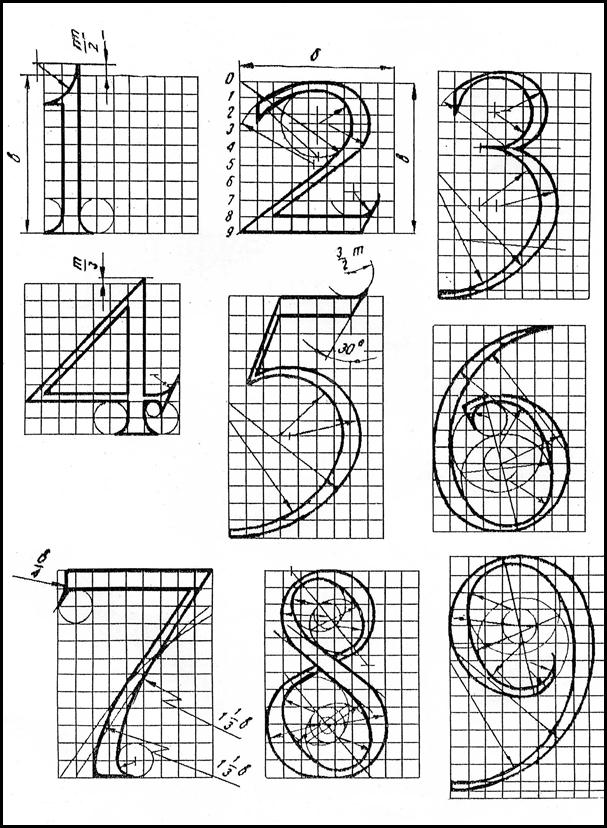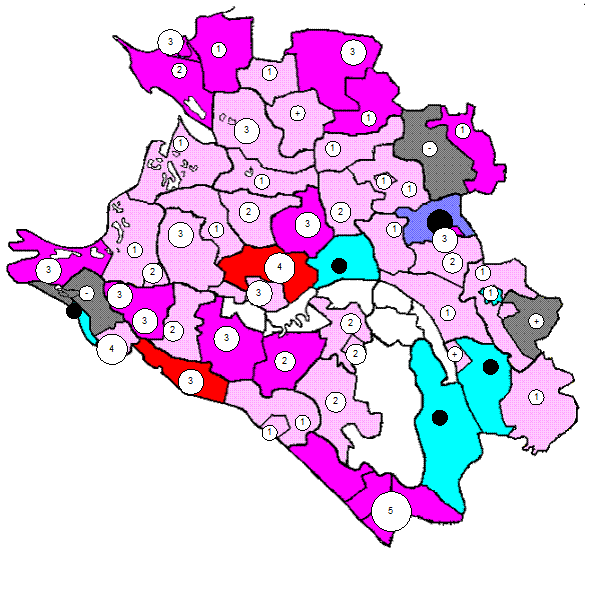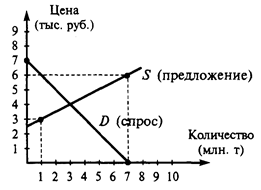C) Now discuss the opinions with your partner.
5. When people talk about something they are bound to make mistakes. (To err is human.) But not everyone is able to correct these mistakes in a delicate way without hurting other people's feelings.
a) Read this dialogue. Note down the expressions in bold type the characters use in correcting other people's misconceptions, wrong statements, mistakes. Please, remember that correcting what people say and do involves a variety of communicative functions including disagreeing, making suggestions, expressing opinions, interrupting, etc.:
Chairperson: OK, students. Your attention, please! Sorry to interrupt your private conversations but our speaker is ready to
begin. May I introduce Mr Brown who's going to tell us a little about American education system if I am correct? Mr Brown: Good morning, students! Now please let's get this straight from the start,I was invited here to speak about American holidays. Chairperson: Iam sorry, there appears to have been a slight misunderstanding here. Am I mistaken in thinking you have been a head teacher for some 25 years in a deprived inner city area? Mr Brown: Iam afraid you've got it all wrong,I'm not a teacher. Actually,I've not even been in a school since I was 16. Chairperson: Oh, dear, this is most embarrassing. Mr Brown: Forgive me for mentioning it, but these talks have been very badly organised, I was even given the wrong room number. Chairperson: Sorry about that, I really can't understand what's been happening. Anyway, would you like to tell us about American holidays as you are here, may be starting with Halloween as it's October already. OK, students, please excuse the delay and listen carefully now. Mr Brown: Originally, Halloween was a religious holiday. Today it is a day of fun and excitement. Children make faces in pumpkins (turnips are used in Britain) by removing the pulp and seeds and cutting holes in the shell for the eyes, nose and mouth. These pumpkins are called jack-o'-lanterns. A lighted candle is put inside to shine through the holes. Children dress up in costumes; sometimes, according to tradition, as ghosts, goblins, witches, vampires and werewolves; sometimes as pirates, sailors, ballerinas, folk heroes, etc. After dark, children walk around their neighbourhood, knocking on their neighbours' doors. They say "trick or treat", and their neighbours give them fruit or candy. Do you have any questions? Question: Why do they say "trick or treat"? Mr Brown: As far as I know, in the old days "trick or treat" had to perform songs and shifts for their neighbours. If the neighbours liked the performance, the children received a "treat" — again, fruit or candy. If not, the neighbours played a trick on the children — like throwing water on them. Question: That doesn't sound like very much fun. Mr Brown: Well, as a matter of fact,they don't do that any more.
Question: But if a child says “trick or treat", he still has to perform for his neighbours, right? Mr Brown: Sorry, haven't I already mentioned that they don't perfgrm any more. Question: Why do trick-or-treaters dress up as goblins and witches? Do they want to frighten people? Mr Brown: Idon't think so. Remember, the trick-or-treaters are only children. In fact, their costumes are related to ancient traditions, according to which ghosts and witches walked the streets on the last day of October. Question: What do adults do on Halloween? Do they dress up? Mr Brown: Actually, most adults stay at home, waiting for children to knock on their door. I think I should point out, however, that teenagers and young adults often go to costume parties as ghosts, goblins and witches, too. Question: And Halloween falls on the last Thursday in November, doesn't it? Mr Brown: If I may say so, I believe you've confused Halloween with Thanksgiving. Halloween fails on the thirty-first of October. Chairperson: Any other questions? (pause) No? Thank you very much, Mr Brown.
B) Summarize the dialogue.
|




